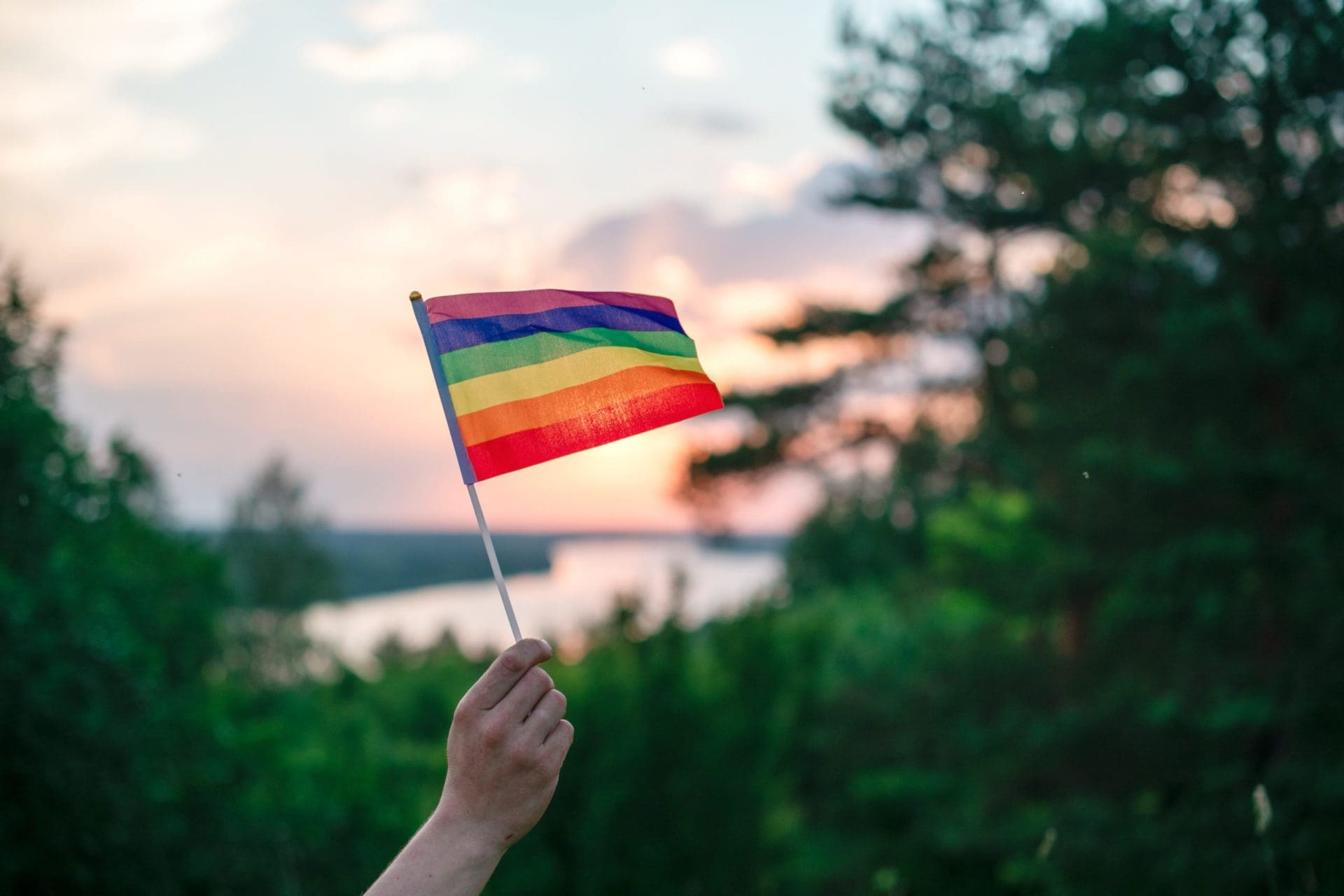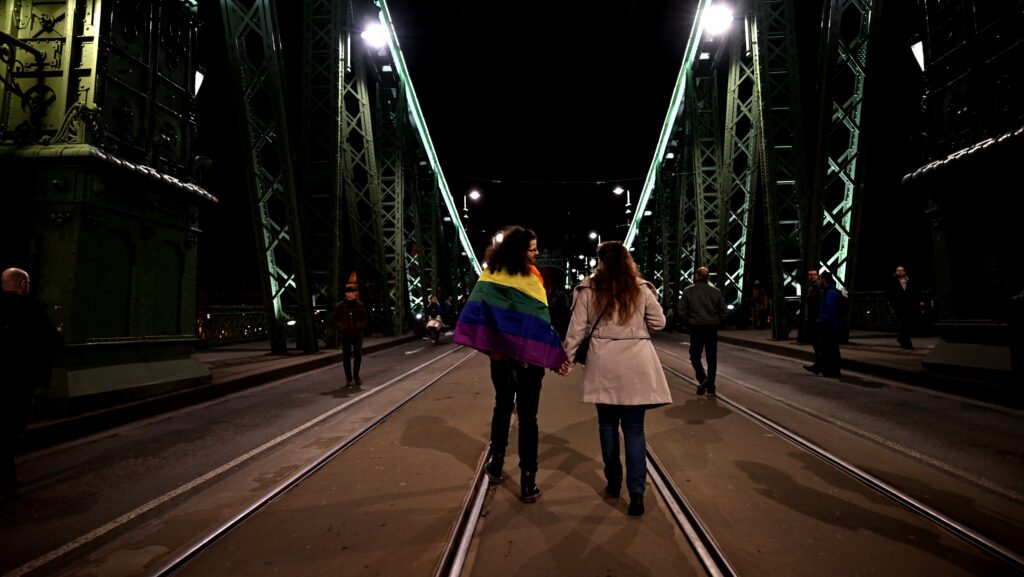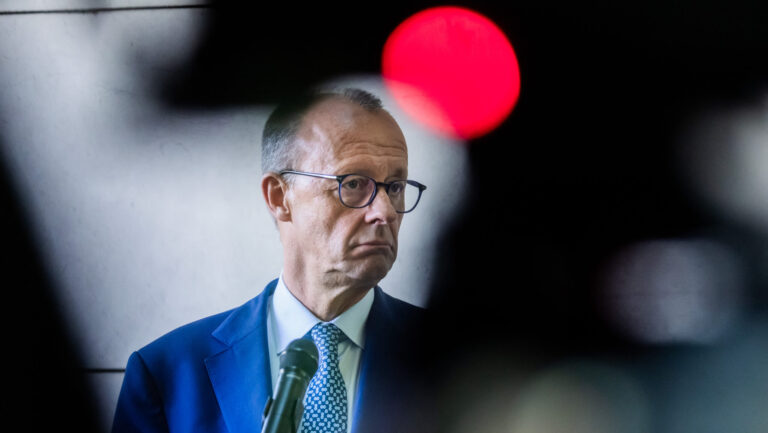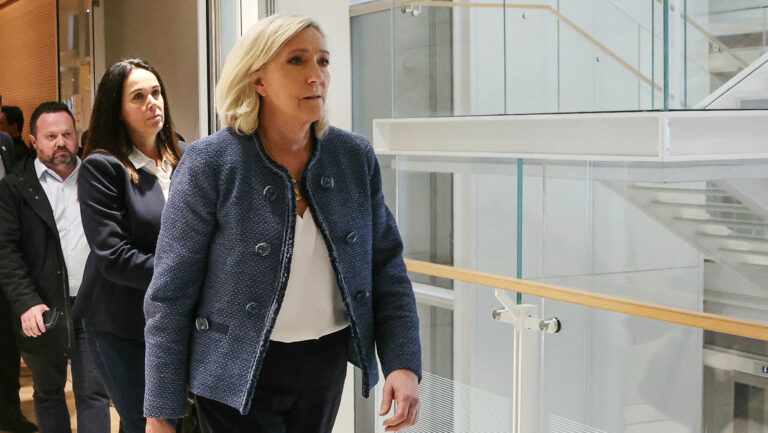LGBT or Pride month has sort of become a benchmark celebration throughout the West with every capital and big city hosting enormous Pride parades, shows and festivals centred around the diversity and visibility of members in the LGBT community. This is also the time when all the giant multinational corporations hold their annual contest for the largest number of cringeworthy virtue-signalling moments per minute, and they seem to be enjoying it because every year the rainbow-coloured marketing grows louder and flashier. But hey, it works like magic, so why wouldn’t they?

PHOTO: BURGER KING
Buyer intent was 40 per cent higher if a product was marketed with LGBT-inclusive advertising
It would be simply naïve to think that not all demographics respond positively to targeted ads that pander to their specific identity or personality, after all, we are all human and that is how advertising works. But it is also worth noting that the LGBT community scores especially high on that scale, which is precisely the reason why every corporate giant’s logo turns into a colouring book for first graders come June. A 2018 study, for instance, proved that 73 per cent of men who identify as LGBT would happily pay a premium price for a product or service marketed to gay people. The study also showed that members of the community generally describe companies that employ rainbow marketing as ‘progressive’, ‘inclusive’ or ‘caring’, while they used these words much lesser for companies with generic-themed ads. On average, buyer intent was 40 per cent higher if a product was marketed with LGBT-inclusive advertising, while intent to recommend it to others grew by as much as 66 per cent.
So what?, one might ask, LGBT people are still a tiny fraction of society, that’s not a market worth investing in that much. Well, wrong again. Even though the most recent estimates put for example the share of the LGBT population among the US adults at just over 7 per cent, that figure can be misleading. First, compared to the general population, members of the community have a higher purchasing power (being mostly urbanite in composition and having a 23 per cent higher median income) and are less likely to live in big family households which broadly affects their buying and saving habits (for example gay consumers are almost twice as likely to buy the latest electronic gadgets than their straight counterparts). Furthermore, as the generations progress, each one has a predictably greater and greater share of LGBT people – with as much as 31 per cent of Gen Z individuals are estimated to identify as belonging to the broad rainbow group in the United States by the time they reach adulthood. These people are only now starting to enter the workforce, thus becoming prime marketing targets. It should require no special imagination to understand how the corporate world views these figures. Let me help: they are not interested in the people behind them, but in the profit that can be made off them. With all factors taken into consideration, the global LGBT community’s purchasing power is estimated to be around $4 trillion – with the United States market alone surpassing $1.4 trillion. And the very fact that some have those numbers calculated should tell you all you need to know about these champions of human rights.
What if marketing trends drive social progress?
It is no secret that social progress drives marketing trends. That’s just business. But–and this might not be that big of a stretch–what if marketing trends also drive social progress? If we look around and compare today’s social scene to ten or twenty years ago, the speed with which things have changed is astonishing. If you told someone in ‘99 that policy experts are going to argue live on national television whether biological males should compete in the same sports or use the same restrooms as women–all in the name of inclusion–well, I doubt they would believe us. Yet here we are. And simultaneously, what we see around us marketing-wise (especially during LGBT-month) is not just a couple of more colours on the packaging of our beloved brands. No. Once a year, our whole world turns rainbow-coloured– products, media, culture, politics–in a bid to bring more peace, diversity and inclusivity into our lives. Or, alternatively, just to make as many ‘pink dollars’ as they can. And there is one thing that pays off even more than getting hold of a new market – creating one. Today’s kids grow up in a world that celebrates homosexuality (among other false idols of progress) as if it was one of life’s greatest achievements. Gay people are society’s heroes simply for being gay, and when children are constantly reminded about the special ones among us, they automatically aspire to become like them. In the 1960s, most American kids wanted to be astronauts. Now they want to be gay. And that is not just about business anymore.

PHOTO: STONETOSS
To be fair, within the bounds of certain regulations, companies make money the way they want, and one might argue that every business is unethical to a certain degree. The important distinction is that some products have a bit more fluoride in them than the makers like to admit, while other products seem to have the power to change our whole society one generation at a time. I believe everyone should take pride in their identity, the same way everyone should be ashamed of using people to make profit. While there is little chance of this trend changing anytime soon, we should at least recognize it and call out corporations for the great hypocrisies of their LGBT-month inclusive marketing. Pride and profit are not and should not be the same things, but for some people they pretty much are–they both just smell like money.







